
Close

Center for Development and Capacity Building (CDCB) commenced project implementation in Moyale and Miyo districts of Borana Zone with its lead partner, Voluntary Service Overseas (VSO) during the first week of February 2023. The two persons team from CDCB and a staff of VSO accomplished startup activities of assigning staff; setting up of office at the project sites; and making assessment of working environment in consultation with relevant government offices in the area which in fact could pose challenge to implementation of the project.
Title of the project is “Integrating Peace Building, Development, and Humanitarian Efforts on the Kenya and Ethiopia Cross Border project”. Understandably, the project aims to balance peace building and development with humanitarian efforts across the border with Kenya. During their mission the staff members learned that the scale of drought induced disaster in the Borana Zone is so critical to the extent that survival of the community in the area is at risk.
Borana zone is one of the zonal administrations in Oromia Regional State of Ethiopia. Borana Zone is named after the Borena, one of the major subgroups of the Oromo People in the main habitant of the Zone. Borana Zone is bordered in the south by Kenya, in the west by the Southern Nations, Nationalities, and Peoples Region (SNNPR), in the north by West Guji and Guji and in the east by Dawa Zone of Somali Region. The Zone is inhabited by the Borana and Gabra clan of the Oromo, the Garri clan of Somali with small numbers of traders from other ethnic groups of Ethiopia. The Borana, Gabra and Garri who are predominantly pastoralists also live across the border in Kenya.

The ecology of the Borana Zone is semi-desert and desert climate which makes the composition of their land thorn bush, thickets and true desert scrub and grass. In good times most areas may have an average of only 200 or 300 mm or even less rain a year. There are two rainfall seasons (March to May and October to December). An average monthly rainfall of 50 mm or more occurs only in April or May.[1] Most of the Borana are pastoralists while a few grow crops in some parts of the highlands. Borana use the livestock – cattle, sheep, goats and camels – for milk (and milk products), meat, hides and skins. In addition, there is some kind of bartering in which they may exchange a cow for a donkey; fifteen sheep for a cow or two cows; and thirty sheep for a camel.
[1] Climatology, accessed from ‘https://climateknowledgeportal.worldbank.org/country/ethiopia/climate-data-historical, accessed on February 12, 2023.
The inhabitants of the Borana Zone have suffered under severe drought and conflicts at least for the last rainfall seasons of the past 6 consecutive years. There has been massive death of the livestock due to lack of pasture and water in the absence of seasonal rains attributed to climate change. Lack of food has exposed many to poor health to the extent of being limited to bed without healthcare. Their belly and limbs are seriously distended as a symptom of malnutrition. The extent of the suffering indicates lack of attention given by all concerned to mitigate the situation. This state of affairs exposed the community to social, physical, psychological and economic woes.
Socially: The community has already lost the source of self-pride which used to be connected to owning vast herds of cattle as much as they wanted. They are leaving their settlement to which they have been strongly attached. They are on the move in search of water and pasture in which they are losing their neighborhood and social cohesion which is on the brink of breakup. People are migrating from rural to urban areas in which family members are getting disintegrated. Culture of pride of the community has utterly been depleted. Some Borana nationals acknowledge that ‘the Borana community has a culture of receiving guests offering milk and meat. Currently, however, they are worrying of their very survival each passing day.
Economically: The Borana community has nearly lost the entire livestock to the drought. According to different informants from the area, camels don’t commonly die of drought but they started dying because of the prolonged drought. This has also caused another economic problem commonly known as inflation. The Borana had to sale their cattle at cheaper price but obliged to buy little food at very expensive price. As Borana crisis is getting worse and worse, community members rather prefer not to beg for food and other basic needs in life since they feel ashamed, some informants disclose.
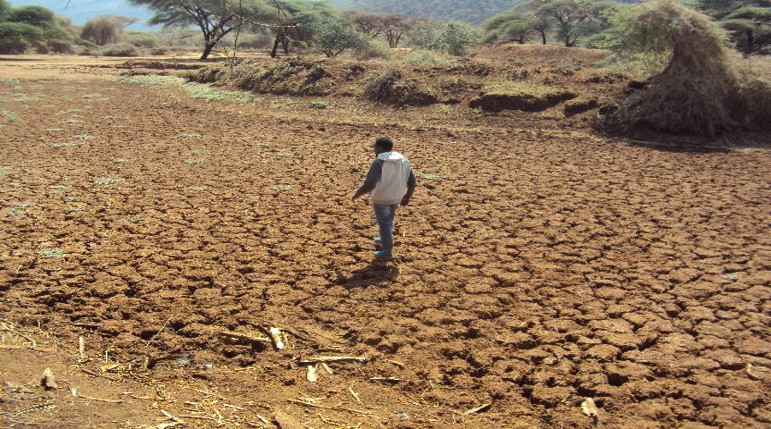
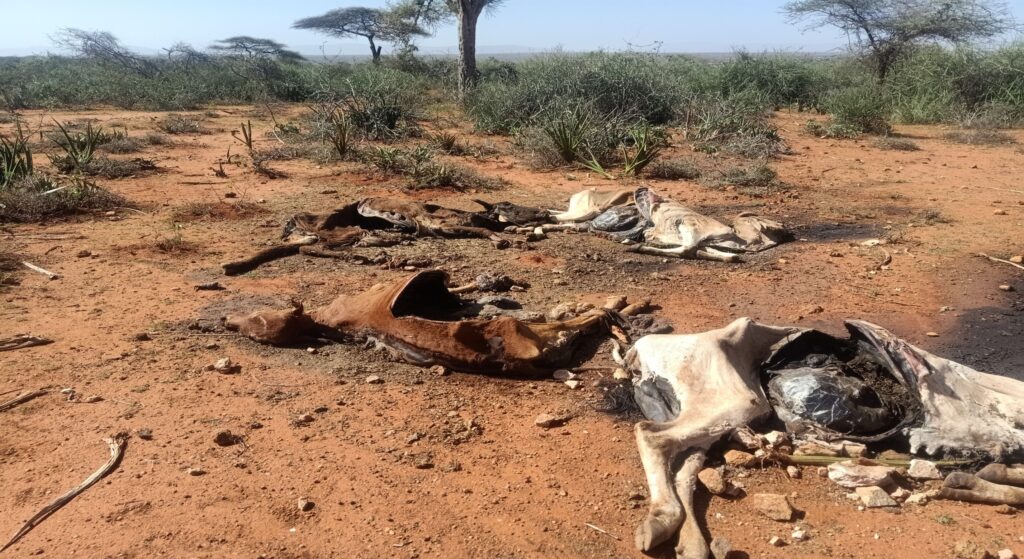
Disaster caused by the drought has resulted in a wide range of problems. Schools are not properly functioning because of:
(a) lack of sufficient equipment and absence of water for consumption;
(b) students are not able to move all the way from their home to schools and back home;
(c) teachers and students are not able to sit in classrooms because of the very high temperature. Regardless of such events, the Borana community is not getting humanitarian aid and the aid they get is not enough. This and all other manifestations of the crisis imply the need for urgent and extensive humanitarian intervention to save lives and restore livelihoods.
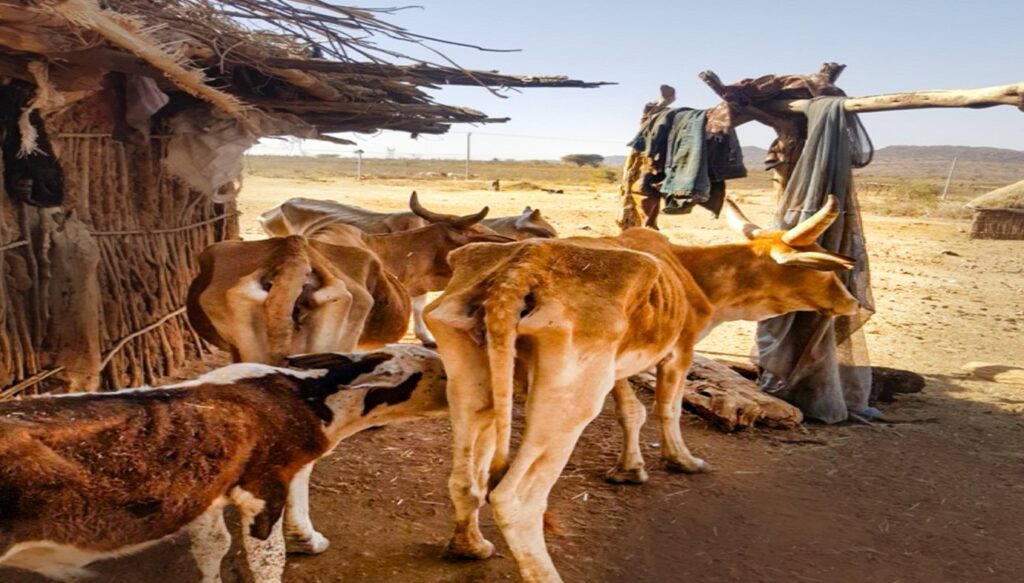
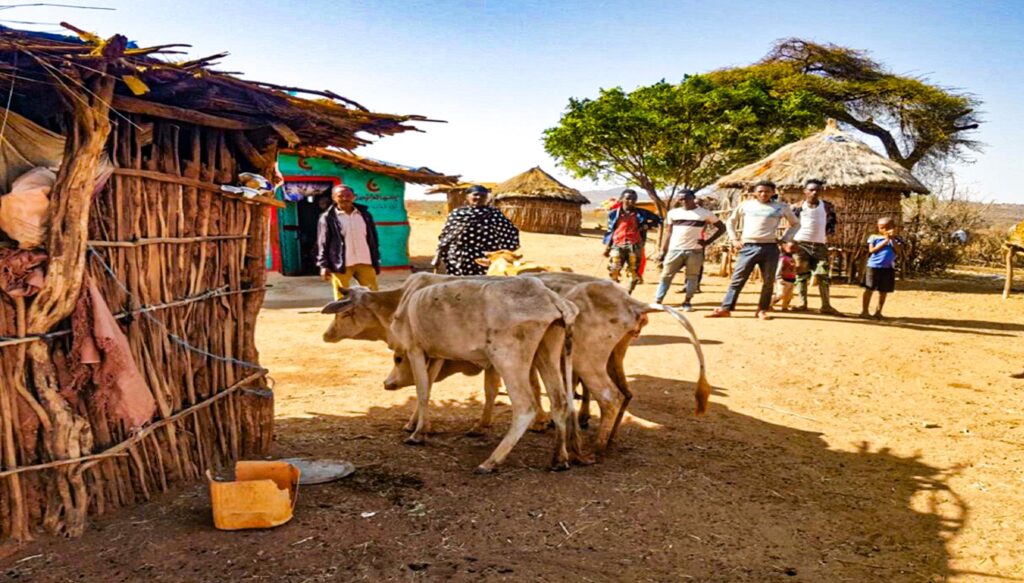
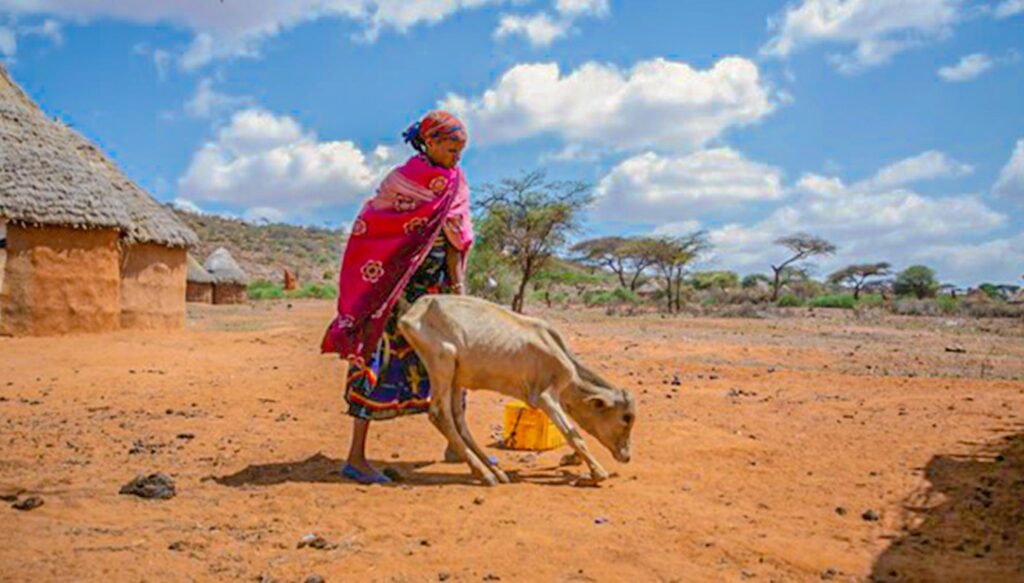
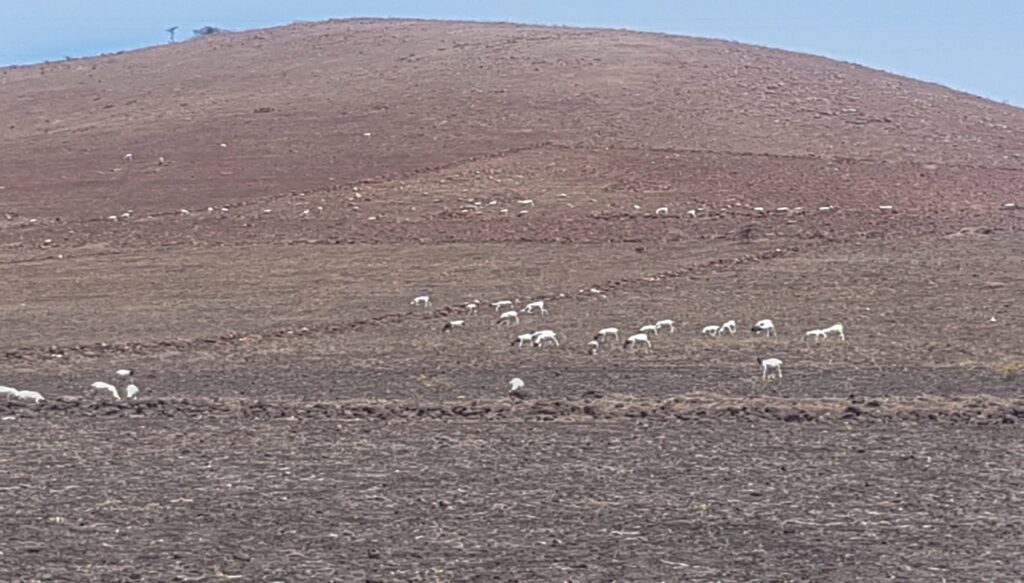
Meskel Square Science and Technology Building 5th Floor
Mon – Fri: 8:00 am – 5:00 pm
Get latest CDG news, articles, and resources, sent straight to your inbox every month.